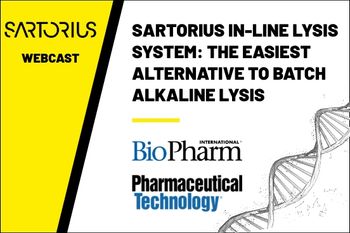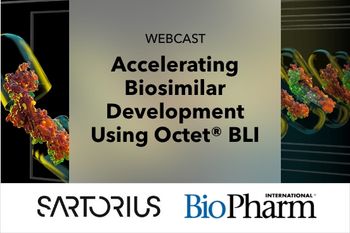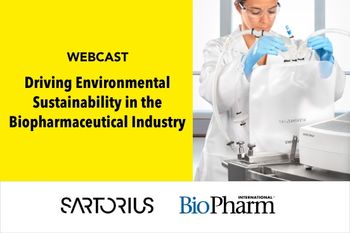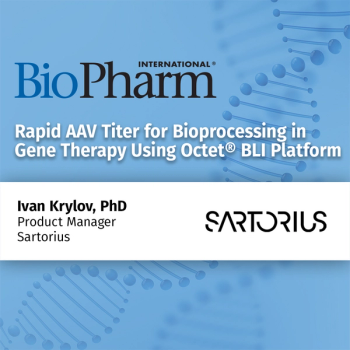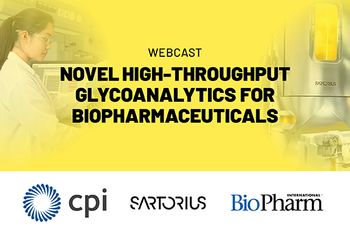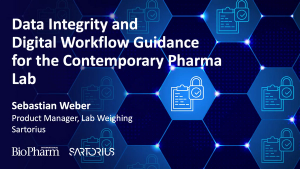
Live-cell imaging enables acquisition of phase contrast images and provides an ideal platform to study multi-faceted biological paradigms in drug discovery. This is vital to our understanding of human diseases and treatment strategies. The movement of these models towards increasingly complex physiologically relevant ones, including patient-derived cells and induced pluripotent stem cells (iPSCs), has concurrently driven the need for label-free methods that are non-perturbing to deliver deeper biological insights.
